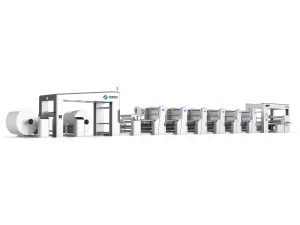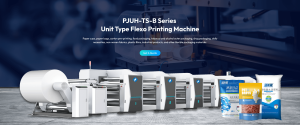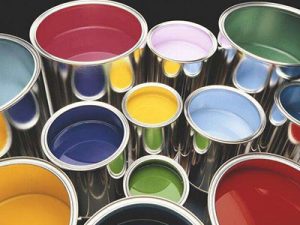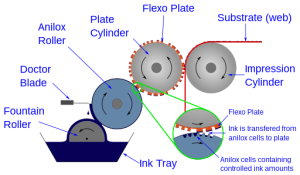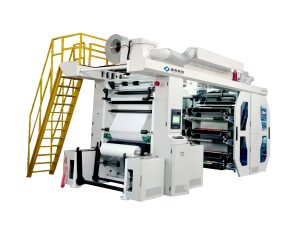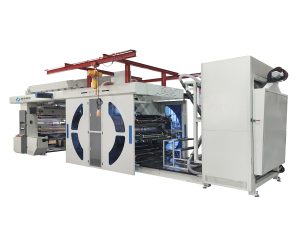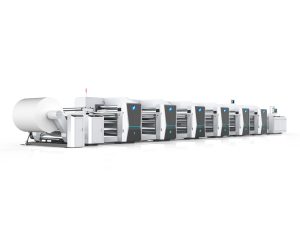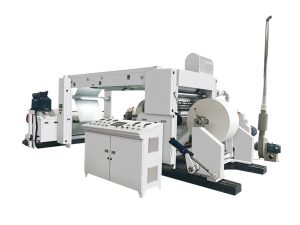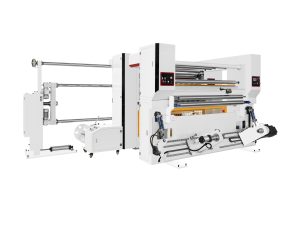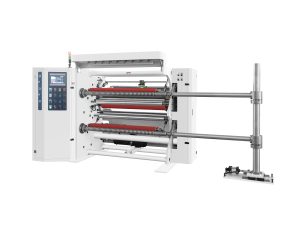In today’s packaging and labeling market, print quality is everything. Brands demand consistency, precision, and eye-catching graphics that represent their reputation on the shelf. For printing businesses, delivering flawless results is not only about aesthetics—it’s about profitability, efficiency, and meeting strict deadlines.
Unfortunately, print defects and misregistration remain some of the most common issues faced by operators of a flexographic printing press. From gear marks in flexo printing to color misalignment, these problems can lead to:
-
Wasted substrate and ink
-
Increased downtime
-
Excessive wear on the press
-
Lost revenue due to rejected jobs
The good news? Most issues are preventable. In this guide, we’ll explore the Top 15 causes of flexographic printing machine defects and misregistration, and show how the latest CI flexo printing presses and advanced flexographic solutions can minimize downtime and maximize productivity.
Table of Contents
Toggle2.Mechanical Causes of Defects in Flexographic Printing Machines
2.1 Gear Marks in Flexo Printing
-
What it looks like: repetitive faint lines or streaks across the substrate.
-
Causes: worn or misaligned gears, insufficient lubrication, or excessive pressure.
-
Solutions:
-
Switch to helical gears for smoother operation.
-
Schedule gear inspection and lubrication.
-
Invest in modern flexographic printing machinery with optimized gear systems.
-
2.2 Inaccurate Plate Mounting and Centering
-
Incorrect plate mounting causes immediate misregistration across the entire run.
-
Use automated plate mounting systems with camera assistance.
-
Ensure repeatable alignment when changing cylinders or sleeves.
Pro Tip: Procurement teams should prioritize presses with precise plate-mounting technology, reducing operator dependency.
2.3 Impression Cylinder Concentricity Errors
-
Concentricity tolerance should not exceed 0.0005 inches.
-
Use dial indicators to measure run-out.
-
Modern CI flexo printing presses are designed to minimize concentricity issues, ensuring uniform impression.
2.4 Worn Cylinders, Sleeves, and Plates
-
Defects: blurred images, incomplete ink transfer, or “dirty print.”
-
Maintenance:
-
Regular inspection for scratches, dents, or swelling.
-
Proper cleaning procedures for elastomer sleeves.
-
-
ROI tip: Durable components reduce consumable costs over time.
2.5 Roller Misalignment and Vibrations
-
Vibrations lead to streaking and banding.
-
Causes: improper roller alignment or poor tension balance.
-
Solutions:
-
Precision calibration tools.
-
Smart vibration-control systems in advanced presses.
-
2.6 Gear Condition and Tolerance Issues
-
Excessive clearance or misfit between plate cylinder gear and journal (<0.002 inches required).
-
Modern presses use tight-tolerance engineering and real-time monitoring sensors to reduce error.
2.7 Idle Roller Drag or Irregular Rotation
-
Uneven roller rotation interrupts ink transfer timing.
-
Regular lubrication and bearing checks are essential.
-
Consider low-friction roller designs for stable web handling.
3 Ink, Substrate, and Process-Related Defects
3.1 Incorrect Ink Viscosity and pH Balance
| Problem | Effect on Print | Solution |
|---|---|---|
| Ink too viscous | Dot gain, bridging | Adjust viscosity with diluents |
| Ink too thin | Weak colors, pinholing | Increase viscosity / adjust formulation |
| Incorrect pH | Poor adhesion, dirty print | Inline pH monitoring + automatic dosing |
Modern flexographic printing machinery often comes with inline viscosity/pH control for consistency.
3.2 Poor Ink Drying or Over-Inking
-
Results in smearing, mottling, or ghosting.
-
Optimize drying temperature and airflow.
-
Match ink chemistry with substrate type.
3.3 Contaminated Ink or Substrate
-
Dust, lint, and oil create pinholing or dirty print.
-
Solutions:
-
Maintain a clean pressroom environment.
-
Use filtration systems for inks.
-
Pre-clean substrates before printing.
-
3.4 Substrate Surface Tension Problems
-
Low tension → ink repellency and poor adhesion.
-
High tension → uneven ink absorption.
-
Fix: corona or plasma treatment, and ensure correct dyne levels before production.
3.5 Web Growth and Fanning Out
-
Substrate stretches as it travels → colors misalign.
-
Compensation tools: bustle wheels and prepress software.
-
Modern presses integrate automatic compensation systems for web expansion.
3.6 Wandering Web / Poor Web Tension Control
-
Lateral movement creates inconsistent image placement.
-
Closed-loop web guiding systems ensure precise tracking.
-
Procurement tip: Look for presses with intelligent web handling for high-speed runs.
4 Operational and Human-Related Causes
4.1 Incorrect Tolerances in Prepress Setup
-
Trap size too small → visible misregistration.
-
Best practice: maintain trap size at least 2× the registration tolerance.
-
Modern workflow software assists in prepress error prevention.
4.2 Operator Skill Gaps and Inadequate Training
-
Even with the best equipment, untrained operators can introduce errors.
-
Ongoing training in press setup, ink control, and troubleshooting is critical.
-
Leading manufacturers provide operator training programs with every flexographic printing press installation.
Conclusion: Choose the Right Flexographic Printing Machinery for Long-Term Success
In flexography, small problems quickly become expensive. Gear marks in flexo printing, misregistration, dot gain, or adhesion failure can ruin entire production runs. For Business decision-makers, the solution is not just troubleshooting—it’s about investing in reliable, future-ready flexographic printing machinery.
A modern CI flexo printing press offers:
-
Precision gear systems to eliminate vibration and marks
-
Automated registration and tension control
-
Inline monitoring of viscosity, pH, and drying
-
Durable cylinders and rollers for long service life
-
Integrated training and after-sales support
By choosing the right flexographic press, you not only reduce defects but also:
-
Save on waste and downtime
-
Increase throughput and customer satisfaction
-
Protect your bottom line and brand reputation
👉 Looking to minimize defects and maximize ROI? Discover our advanced flexographic printing machines engineered for precision, speed, and reliability. Contact us today to learn how our flexographic solutions can transform your production line.

